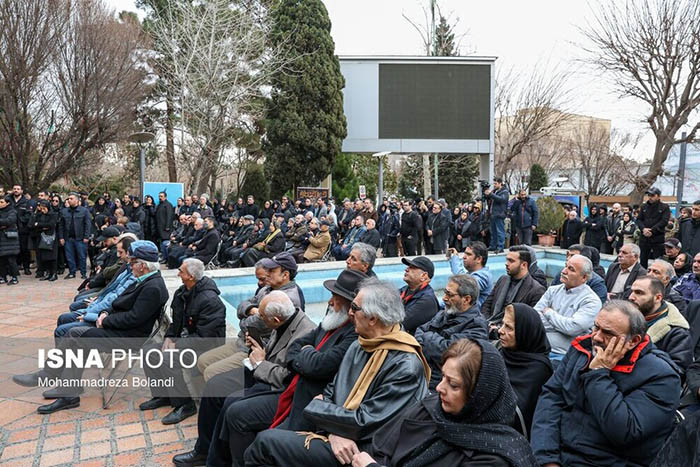The Dubbing Process
The dubbing process consists of several key stages, including script adaptation, voice casting, voice recording, and audio mixing. Each step ensures that the dubbed version aligns with the original production while maintaining synchronization and authenticity.
Script Adaptation
Before recording begins, the original script must be adapted to fit the target language. This process involves translating the dialogue while ensuring that the meaning, tone, and lip movements remain consistent with the original performance. Skilled translators and dialogue writers work closely to modify lines so they match the actors’ mouth movements as naturally as possible, a technique known as “lip-sync dubbing.”
Voice Casting
Selecting the right voice actors is crucial for a successful dubbing project. The actors must not only match the vocal characteristics of the original performers but also convey the same emotions and nuances. Many professional dubbing actors specialize in mimicking the vocal qualities of famous Hollywood actors or adapting their performances to fit different cultural contexts.
Voice Recording
Once the script is finalized and the actors are chosen, the recording process begins. Each voice actor records their lines in a soundproof studio, often while watching the original footage to ensure accurate synchronization. This process can be time-consuming, as actors must precisely match the timing and tone of the original performances.

